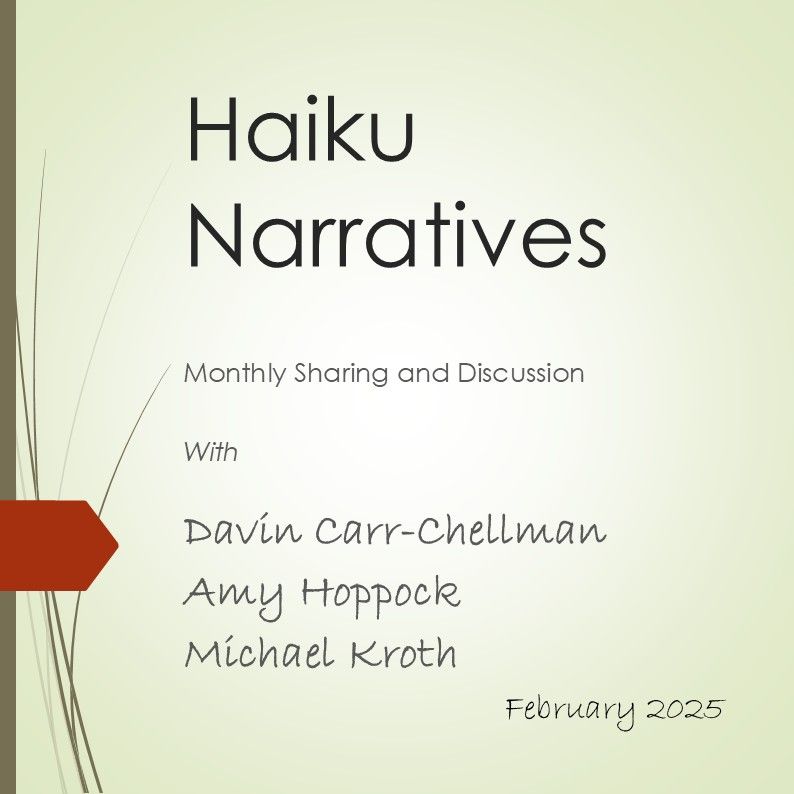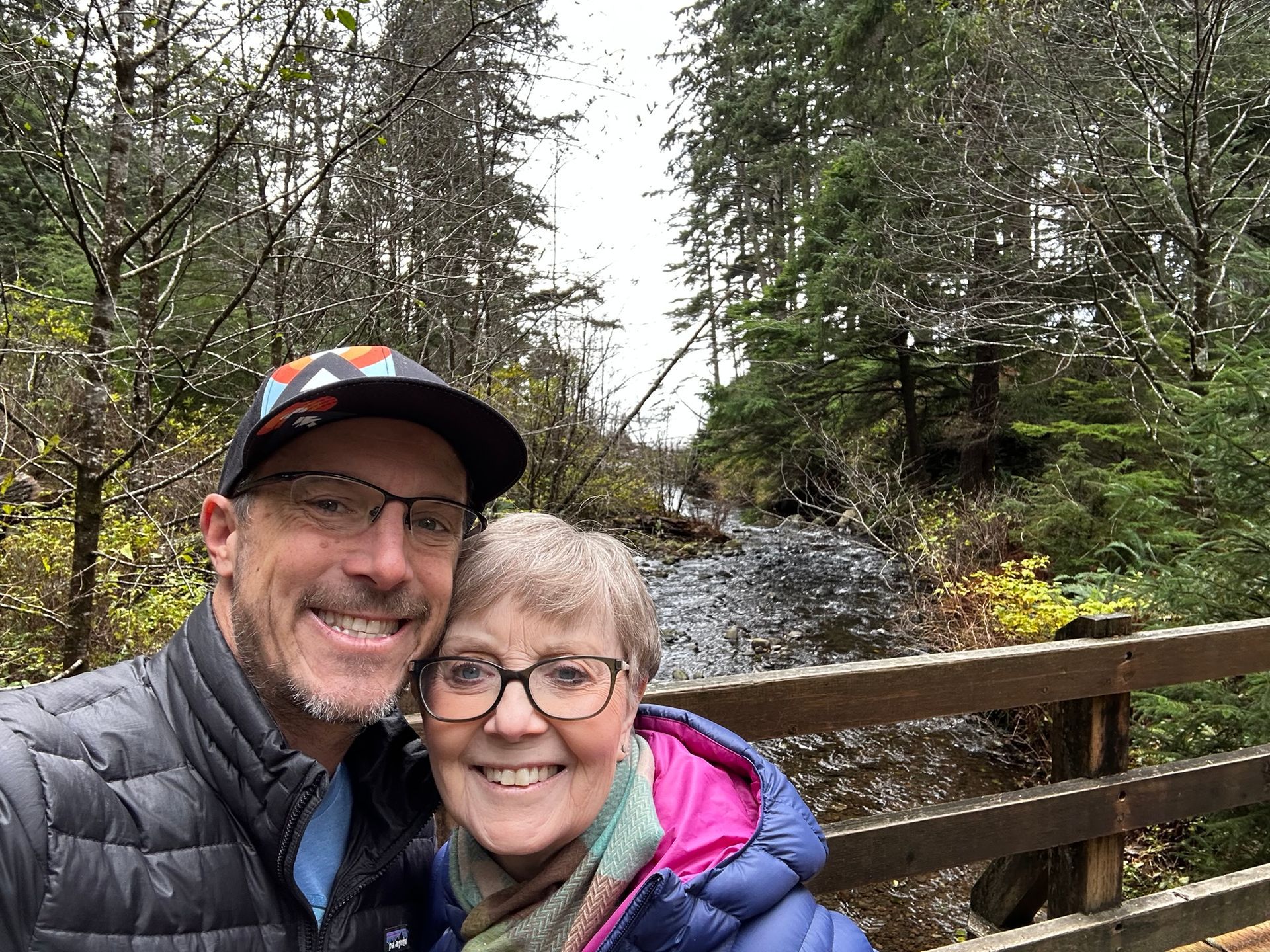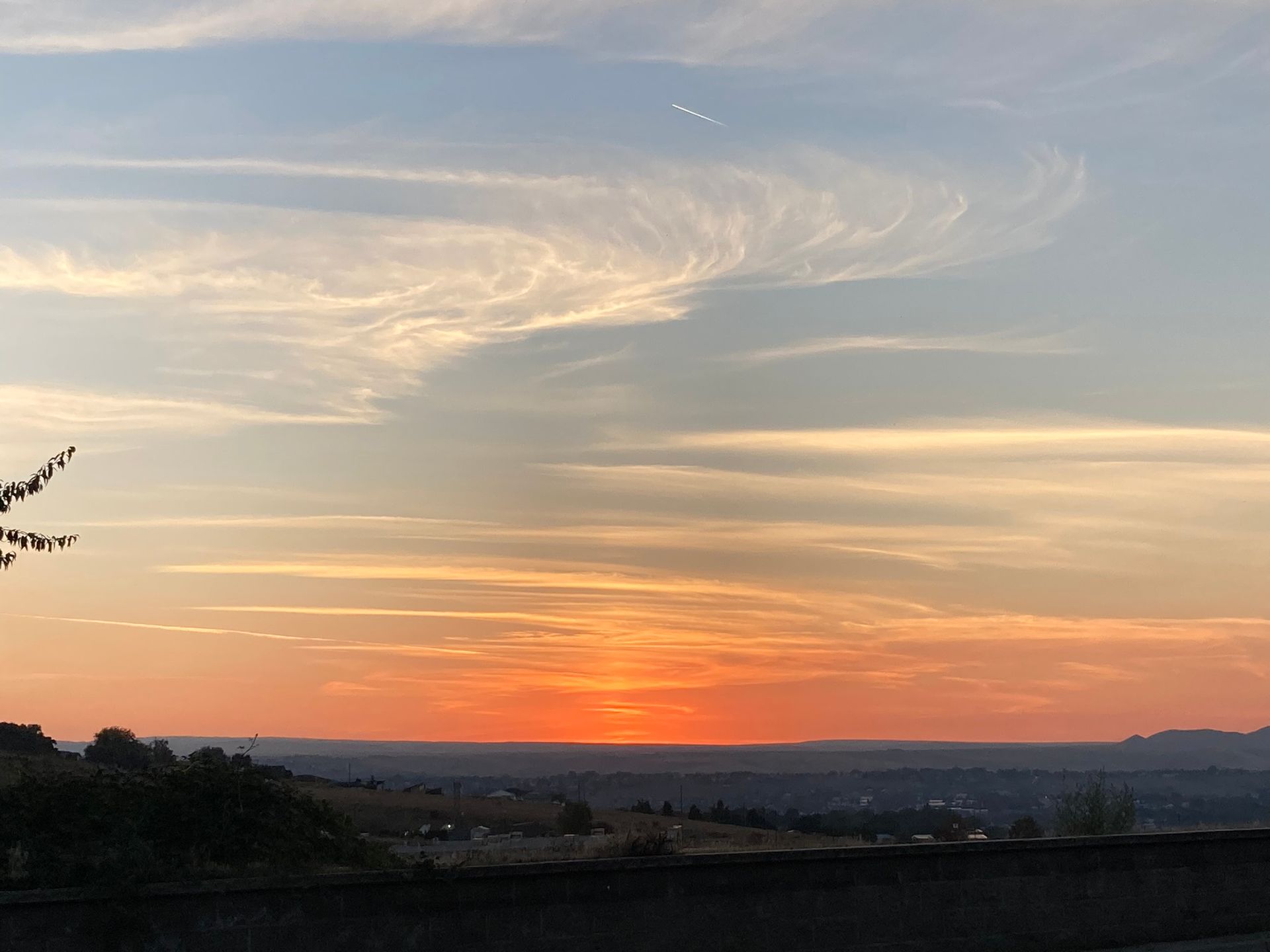Simply Reverent
Ritual is somehow a conduit for me to a higher or lower experience, it takes me somewhere I can’t take myself on my own
“If you wish to know the divine, feel the wind on your face and the warm sun on your hand.”
From the Buddha, found in
Earth’s Echo: Sacred Encounters with Nature , Robert Hamma, p. 16)
I am reverent when participating in communion, watching a baptism, or engaging in other rituals or rites. Weddings and funerals take me out of my cognitive self and place me in an other-world experience, into the sacred. I have brought in the east, the west, the north, and the south in a pagan ritual, surrounded by wiccans, and just last night we talked about caims*, and the Irish Catholic
Practice of Encircling , when discussing Christine Paintner's book,
The Soul's Slow Ripening . I have gone deep down during a weekend retreat in the Jemez Mountains of New Mexico to find my animal in shamanistic ceremony. I remember those days back in the New Mexico forest as hot, with drums, and when I emerged I had not one, but two animals. A black panther and a bear. I felt so connected. Until I realized that not long before I had read
The Jungle Book by Kipling. I laughed at myself when I realized I must have been channeling Baloo and Bagheera. Ah well, we try. We try.
Ritual is somehow a conduit for me to a higher or lower experience, it takes me somewhere I can’t take myself on my own. I don’t know if it is a higher power but it is a larger something. Bishop Spong has pointed out that “higher” and “lower” have little or no significance in today’s world when talking about heaven, hell, or God. Before, we knew that the earth was just a piece of the universe. Before, we knew the earth was round and that “up” meant a completely different direction depending upon what part of the earth one stood, the ideas of higher and lower were powerful. Now, Spong says, these directions have lost their relevance. God, he says, is everywhere, up, down, inside, and all around. This seems very similar to the well-known words in St.Patrick's Breastplate , "
Christ with me, Christ before me,
Christ behind me, Christ within me,
Christ beneath me, Christ above me,
Christ at my right, Christ at my left,
Which goes on to describe this relationship as even more encircling and encompassing.
I understand this intellectually but when I pray, I still seem to pray up and up and up toward that which I cannot perceive. Perhaps it is when I contemplate, with no words of prayer at all but just breathing, that I am the closest to whatever might be considered God, the divine, the greater-ness, in all things, and the interconnectedness of it all. Perhaps this contemplative work takes me beyond reverence entirely, to just being-one-with everything.
Perhaps. Or perhaps just being-one-with-everything is the most reverent one can be. Perhaps just breathing, fully in "the sacrament of the present moment" as de Caussade has called it, is the ritual of the everyday, of the every day. Of the ever, daily.
Perhaps breathing, each breath, then is both a ritual and is life-giving. It doesn't have to be robes and candles and organ music. The simple act of breathing can do. The simple act of sitting and observing the beauty of our natural world, regularly and reverently, will do.
Reverence might be shown by an ode or a prayer or an act, say that simple kiss placed on my mother’s cheek as she lay in her casket, of respect.
A simple, physical act will do.
Perhaps the most profoundly reverent, is being simply reverent.
Perhaps the most profound ritual is simply breathing.
"Miss Jean Louise, stand up, your father's passin'."
Reverend Sykes, To Kill A Mockingbird , Harper Lee.
Perhaps the most profound ritual is simply breathing
References:
Caussade, J. P. d. (1982). The sacrament of the present moment
(1st Harper & Row pbk. ed.). San Francisco: Harper & Row.
Hamma, R. M. (2002). Earth's echo: sacred encounters with nature
. Notre Dame, IN: Sorin Books.
Lee, H. (2010). To kill a mockingbird
: Random House.
Paintner, C. V. (2018). The soul's slow ripening: 12 Celtic practices for seeking the sacred. Notre Dame: Sorin Books.
Spong, J. S. (1998). Why Christianity must change or die: a bishop speaks to believers in exile : a new reformation of the Church's faith and practice
(1st ed.). San Francisco, Calif.: HarperSan Francisco.
Cover Photo Credit:
Vincent J. Fortunato, Jenny Lake, Idaho
*Caim, From The Soul's Slow Ripening, Christine Valters Paintner
The
word caim
comes from the Irish Gaelic
meaning ‘protection’ or ‘encompassing,’ and is a prayer similar in function to
the lorica, used to invoke divine protection or the care of a saint. It is an invisible
circle drawn around oneself and one’s body to serve as a reminder of God’s
protection and the presence of love and safety even in difficult
times….Although the forms differed, such prayers often involved blessings and
signs of protection being made to all four quarters of the world, then to the
earth and finally to the skies above.
In praying a caim, extend the right index finger toward the ground, and then turn slowly clockwise (or sunwise), facing all four directions and drawing an imaginary circle, which creates the protective enclosure…You can pause at each of the four directions and ask the spirit or energy of that direction to help support you in this protection. Once you complete the circle, the circle travels with you. (This prayer was often said before embarking on pilgrimage.)
You can extend this circle beyond yourself and include your family, your community, your country, the earth…
These prayers are not an attempt to manipulate God to provide protection. The purpose is more to remember the continual presence of the divine in every direction – north, east, south, and west – as well as within, between, beneath, and above. We receive that protection when we bring it consciously into our lives, when we step with intention into this encircling presence of God. We draw on the sacred energy to help us face the fears within and around us” (pp. 76-77)











